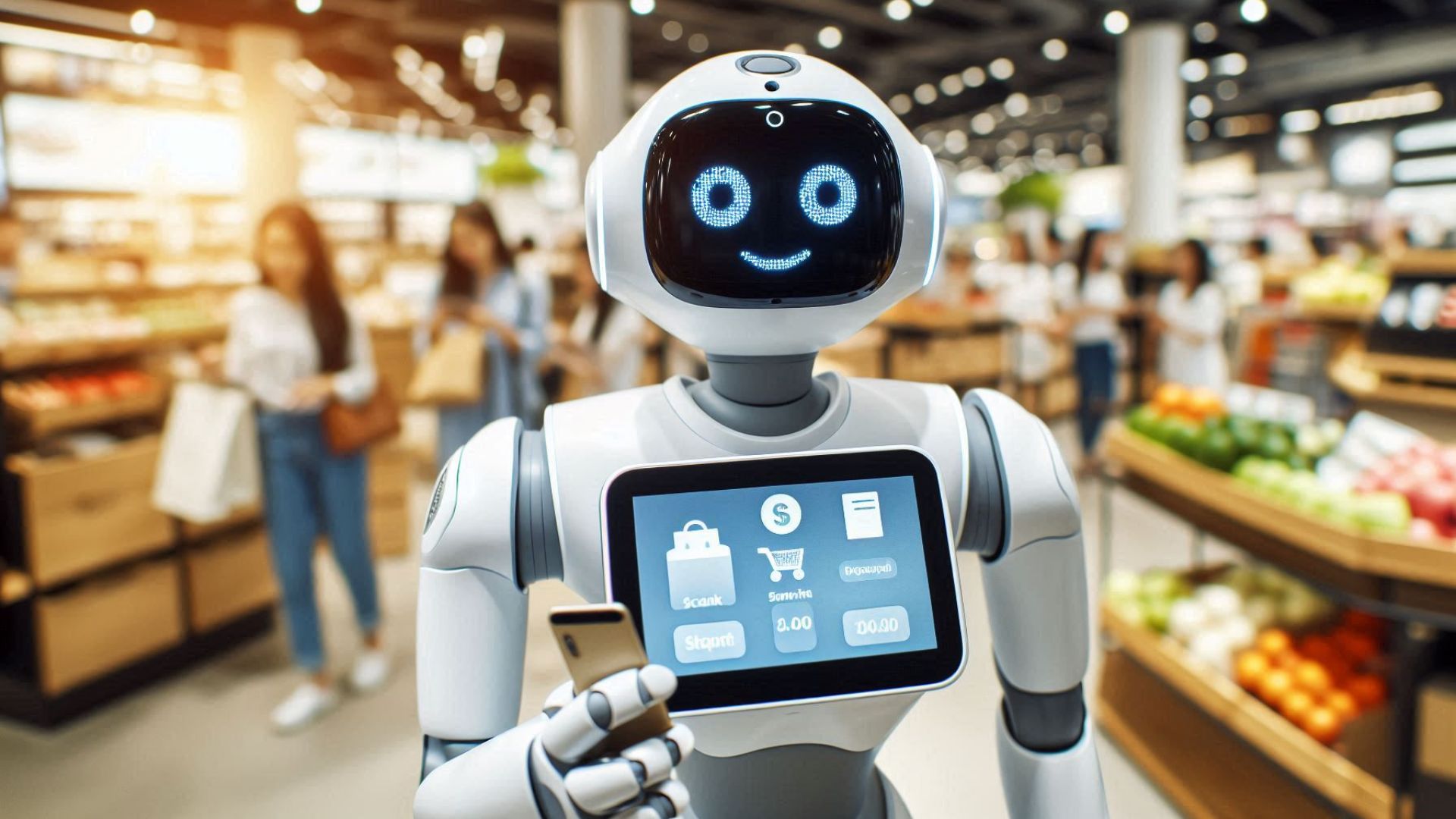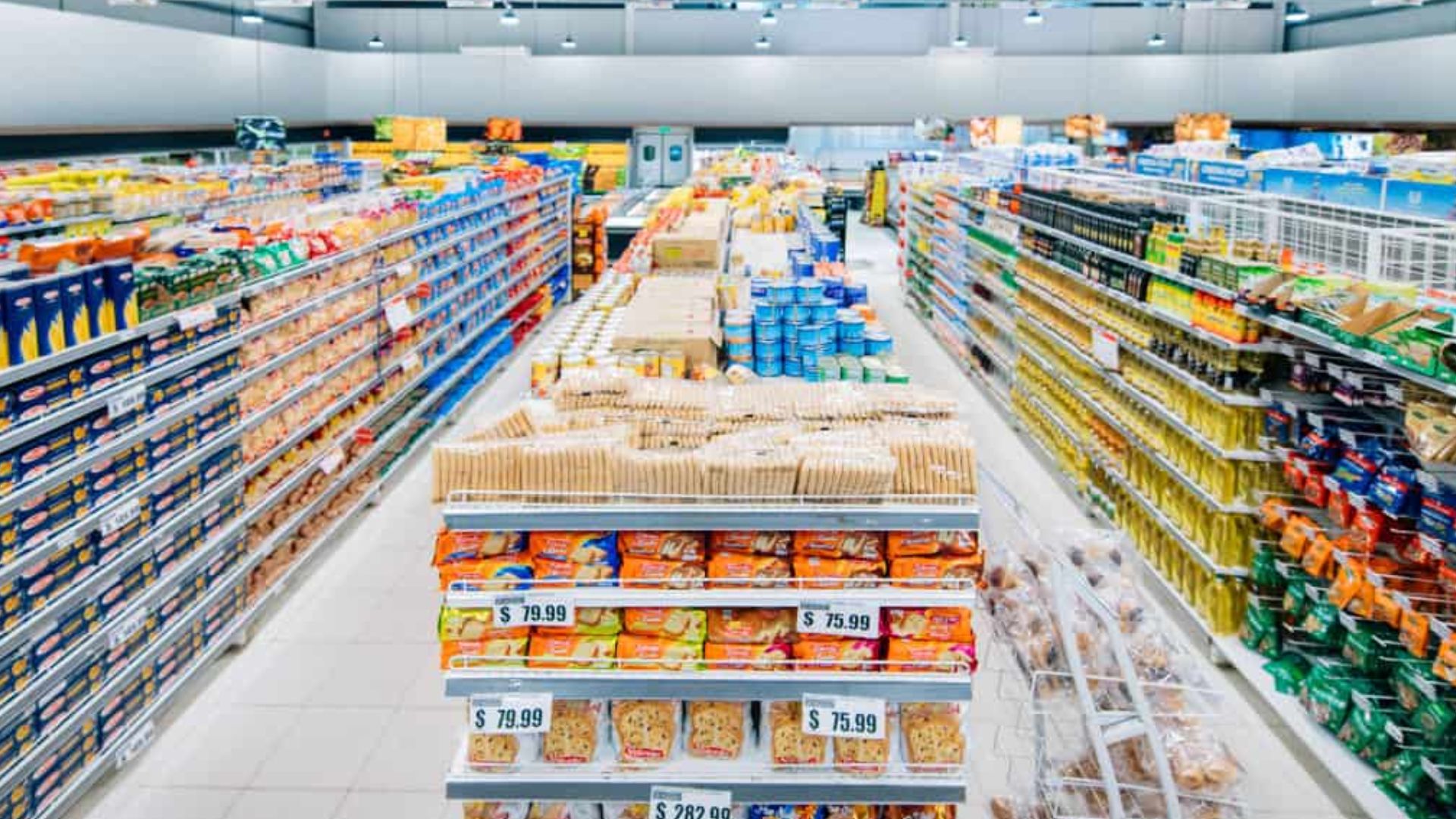Top CPG companies and retailers in the U.S. are making significant investments in AI applications for the coming year and beyond, as highlighted at Groceryshop 2024. Whether in offline or online retail, industry leaders are embracing AI, IoT, and Computer Vision as powerful tools for creativity and automation. Technologies like Image Recognition, Predictive Analytics, and Machine Learning are already transforming sales enablement, store operations, consumer innovation, and merchandising. ParallelDots participated in the event to showcase its AI-powered shelf monitoring solution, ‘ShelfWatch,’ which leverages Retail Image Recognition for better shelf management.
Groceryshop is the premier event for top CPG and retail brands in the packaged foods, beverages, and grocery sectors. From October 7th to 9th, 2024, leaders gathered at Mandalay Bay, Las Vegas, to collaborate, network, and explore new ideas that will shape the future of the CPG and retail landscape.
Here are some of the biggest buzz in the space of CPG technology adoption this season:
Computer Vision & AI
Computer Vision and AI or Retail Image Recognition are enhancing in-store operations and improving the accuracy of product placement, inventory management, and shelf monitoring. AI-powered visual recognition tools can automatically detect shelf stock levels, product misplacements, and compliance with planograms in real-time, ensuring that products are correctly displayed and available. This reduces out-of-stocks, optimizes shelf space, and provides insights into consumer behavior by analyzing foot traffic and engagement with products. AI-driven data helps retailers and brands make faster, more informed decisions to improve execution, ensuring better product availability, store presentation, and overall sales performance.
Generative AI
Generative AI is transforming the CPG industry by accelerating product development, enabling hyper-personalization, and optimizing supply chains. It helps companies create new products faster, tailor marketing and product offerings to specific consumer preferences, and improve efficiency through demand forecasting and inventory management. AI-generated content enhances marketing campaigns and customer interactions, while innovations in sustainable packaging are reducing environmental impact. Additionally, AI analyzes consumer feedback for product improvements and suggests dynamic pricing and promotion strategies. By automating processes and enhancing decision-making, generative AI is driving cost reduction, innovation, and more localized, customer-centric approaches in the CPG sector.
Internet of Things
IoT applications are improving operational efficiency and creating more data-driven insights for both CPG companies and retailers. For retailers, IoT devices such as smart shelves, automated checkout systems, and real-time inventory trackers streamline stock management, reduce out-of-stocks, and optimize replenishment processes. CPG companies benefit from IoT by gaining real-time data on product performance, customer engagement, and store conditions, allowing them to make more informed decisions on product placement, promotions, and supply chain logistics. Additionally, IoT-enabled devices can monitor product freshness, especially for perishable items, ensuring quality control and improving the overall shopping experience. This connectivity between devices boosts collaboration between retailers and CPG brands, leading to more efficient store operations and enhanced customer satisfaction.
Predictive analytics
Predictive analytics play a key role in making data-driven decisions, well ahead of time, that optimize operations and enhance customer experiences. For retailers, predictive analytics helps forecast demand, improve inventory management, and prevent stockouts or overstocks by accurately predicting consumer purchasing patterns. CPG companies use predictive models to refine product assortments, tailor promotions, and enhance marketing strategies based on consumer behavior and market trends. It also allows both parties to anticipate supply chain disruptions, optimize pricing, and personalize the shopping experience, ultimately driving sales growth, reducing waste, and improving profitability in the highly competitive retail environment.
Shopper analytics
Shopper analytics provide both CPG companies and retailers with deep insights into consumer behavior, enabling more personalized and data-driven strategies. For retailers, shopper analytics helps optimize store layouts, product placement, and promotions by analyzing foot traffic, dwell time, and purchase patterns. CPG brands use these insights to refine product offerings, tailor marketing campaigns, and enhance shopper engagement, ensuring their products are placed and promoted effectively. By understanding consumer preferences and shopping habits, both retailers and CPG companies can improve inventory management, boost sales, and create a more targeted, personalized shopping experience, leading to greater customer satisfaction and loyalty.
The Groceryshop event was a buzz with all the above mentioned technologies and there is no doubt that through advanced analytics, AI will enable businesses to predict demand, optimize inventory, personalize marketing, and streamline supply chains, reducing waste and improving responsiveness to market changes. With technologies like computer vision, IoT, and generative AI, companies can automate in-store operations, improve product placement, and engage consumers in more meaningful ways. By harnessing AI, retailers and CPG brands can better understand consumer preferences, increase profitability, and stay competitive in an increasingly dynamic global market, ensuring long-term growth and sustainability.


